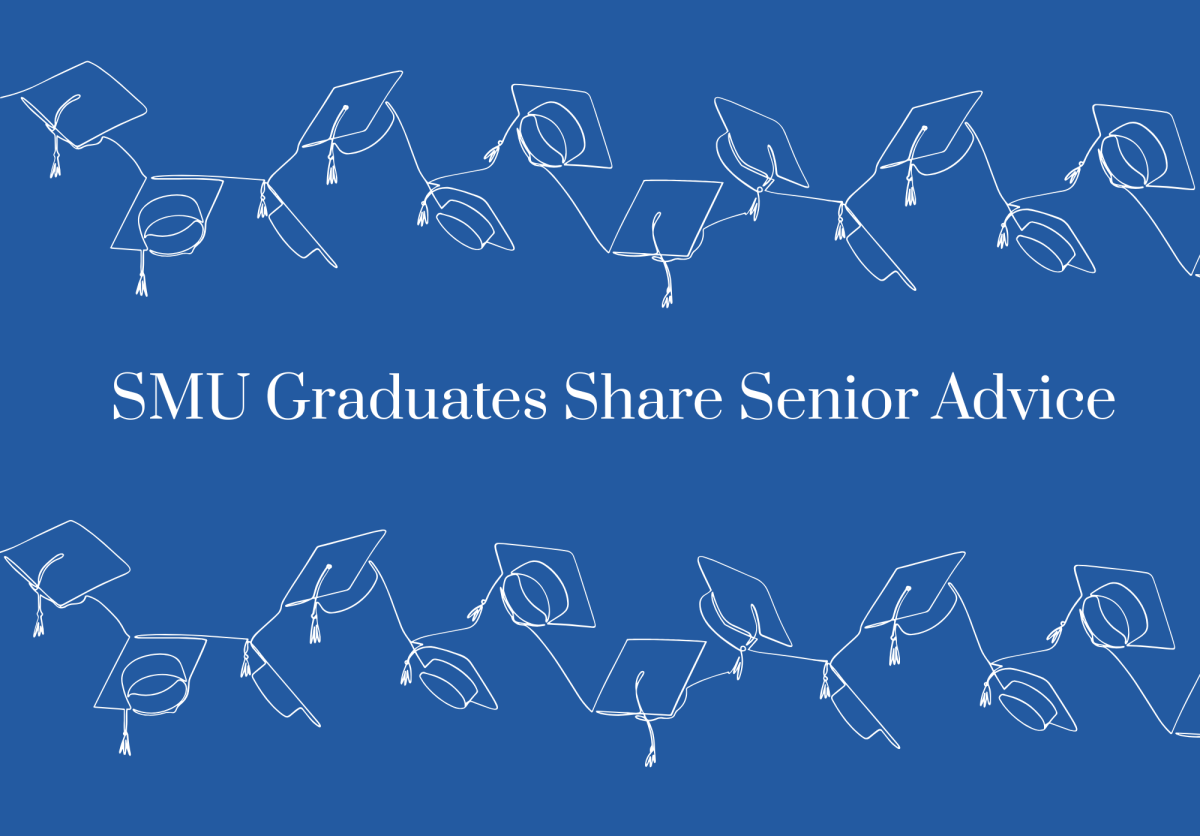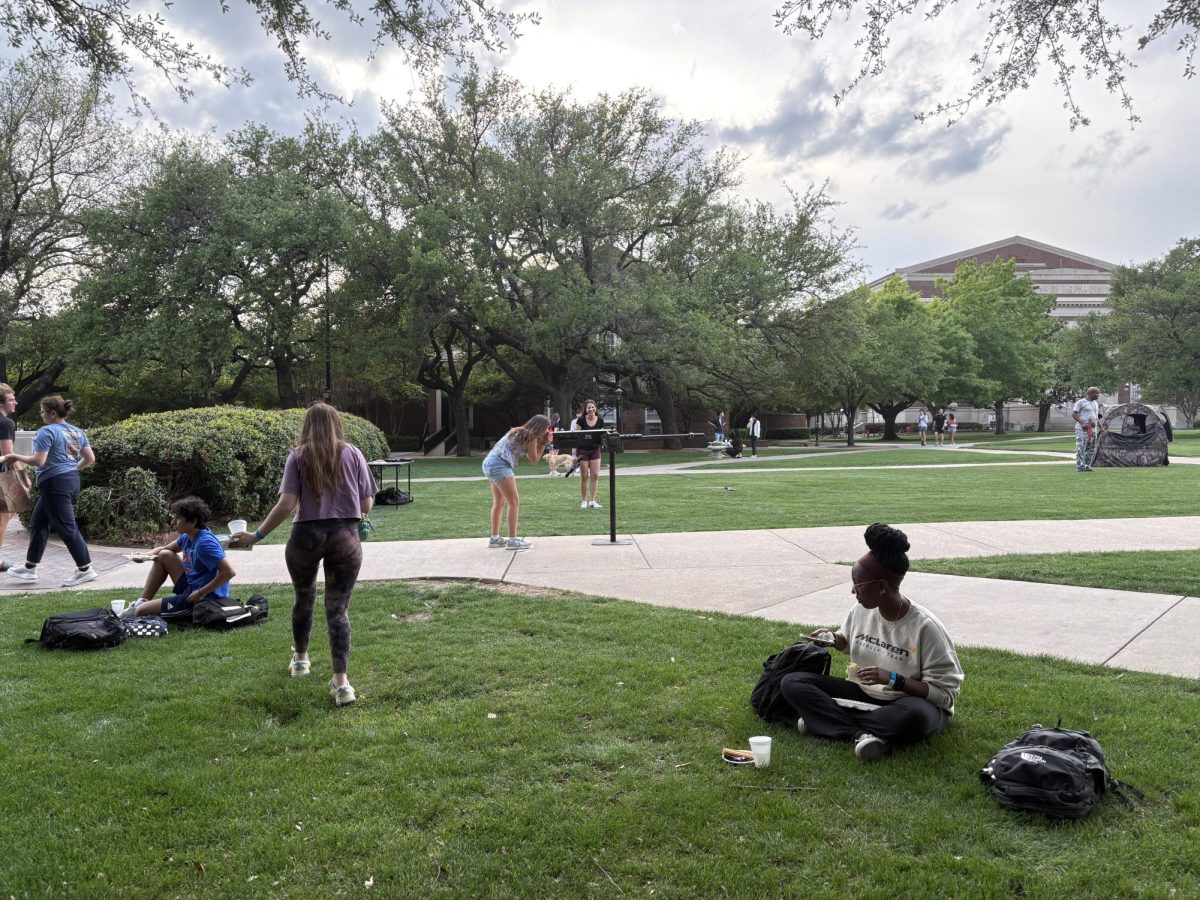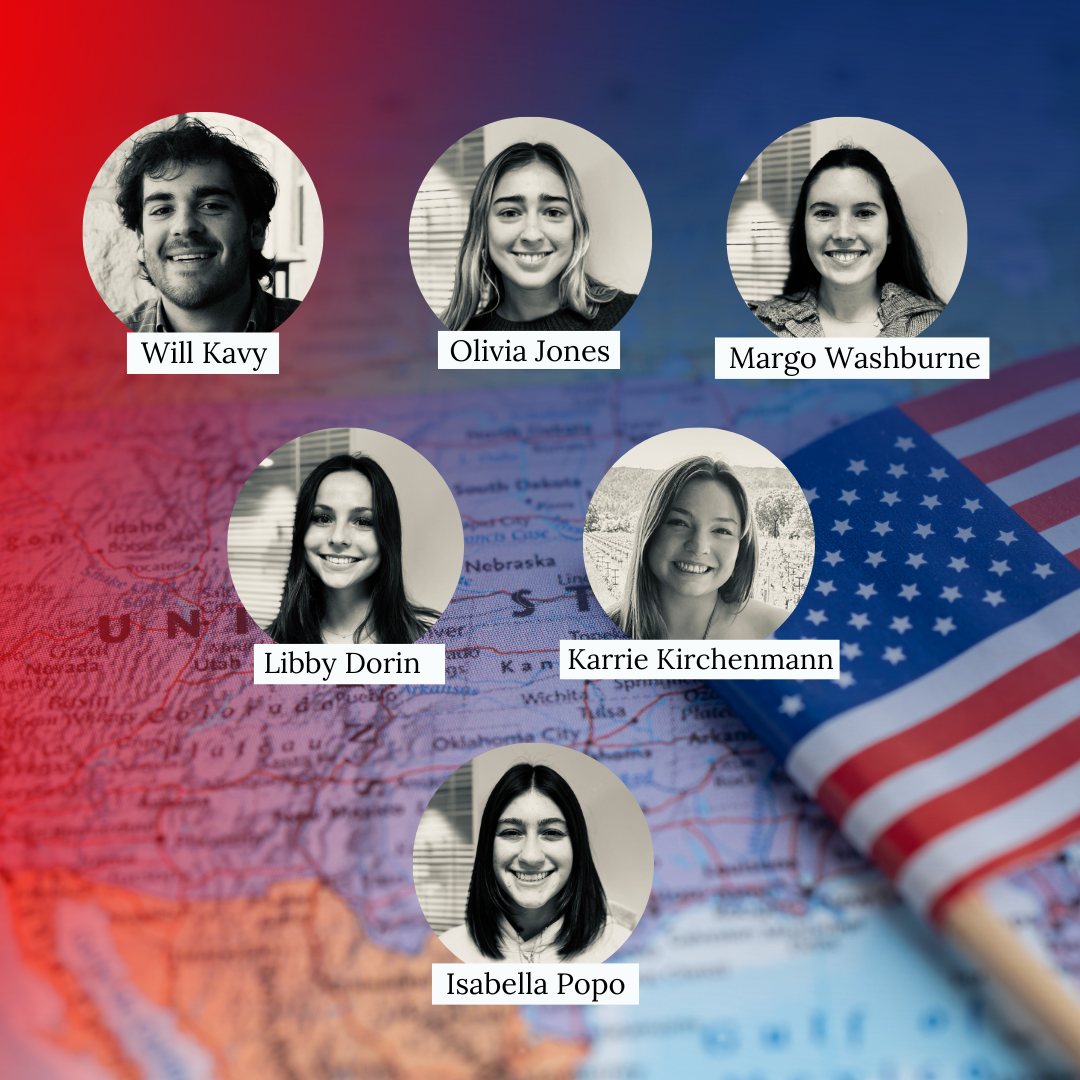If it wasn’t for Dr. Cecil Hiawatha Smith, we wouldn’t be back at SMU after more than 35 years.
We were the Civil Engineering class of circa ’75, and last week we gathered from busy lives near and far so Dr. Smith could once again hold court in his familiar, unorthodox, irreverent manner.
Now in his 80s, we wanted Dr. Smith to know how important he had been – and still is – to each of us.
As we hugged, kicked back and exchanged stories of our lives from now and then and in between, we attempted to parse out just what it was about Dr. Smith that made him so important to us.
When we first arrived on campus, back when Caruth Hall was an institutional bunker of function over form, engineers had an image problem. It was back in the days when they tended to be associated with black horn rimmed glasses, skinny black ties, plastic pocket protectors and side-holstered slide rules (ever so remotely suggesting a western gun slinger, but without the strut & swagger).
Hence, the term “nerd.”
In general, our professors did little to discourage this legacy in the way they modeled personal presentation. It was Dr. Smith who deviated from this norm and introduced us to “campus casual.”
If he didn’t show up to class in a faded, wrinkled polo shirt and disheveled shorts, he arrived in his tennis whites, fresh off the court, racket in hand and towel draped over his shoulder.
As impressionable undergraduates, Dr Smith’s unorthodox dress code suggested that maybe there was more room for self expression as budding engineers than we ever imagined.
Engineering had another public relations “black hole” to contend with at that time: the curriculum was regarded as boring.
Although we each chose engineering as an applied science and the promise of what we could do with it as professionals, we had to go through four years of classroom lectures to get there. As I look back on those lectures, they mostly followed a formula much like the formulas they were presenting: an introduction of abstract ideas, followed by assigned problems to be solved individually.
It was like being condemned to four years of hard labor.
What Dr. Smith did not provide in terms of organized lectures, he made up for in shooting from the hip (with a hint of that otherwise absent strut & swagger).
In retrospect, he knew his stuff. But since he improvised many of his lectures, the material felt fresh as it was reassembled in real time, often integrated with some real-world references from his consulting work. He more often than not made the material accessible and engaging, requiring us to collaborate on problem solving together in class.
But even that would not have been enough for all of us to converge back to our roots from busy lives. There was something more, something unique, something he offered that transcended the normal engineering student experience of that time.
Of the many phrases and axioms I have encountered since then through my real world education in the art of persuasion, there is one in particular that has caught my attention: “They don’t care what you know till they know that you care.”
To the extent that traditional classroom education is not an especially natural construct for learning, our professors had to persuade us to learn under less than ideal conditions. Once upon our time at Caruth Hall, most of our classroom learning was about knowing and not much more.
What was unique about Dr. Smith is that our education through him was not just about knowing, but of also being known. He cared for us and cared about us. He related to each of us as individuals, letting us know that we were more than just students in his classrooms, all the while maintaining that delicate and perilous balance between teacher and – something more than teacher.
From Dr. Smith we learned engineering; but we also learned about being cared for, raising the bar in both what to look for and what to offer in our future mentor relationships.
That’s why we came back. He is why we came back. It was more of an education than we ever knew was possible.
Hopefully, in another 35 years, there will be a similar gathering of students from any of the current classes; and they, too, will count the inconvenience of returning to campus a privilege so as to honor him, her or those who launched them into life with more than just a diploma.
Ken Cozette is an SMU alumna from the class of 1975. He received his Bachelor of Science in civil engineering. He can be reached for comments or questions at kencozette@sbcglobal.net.








